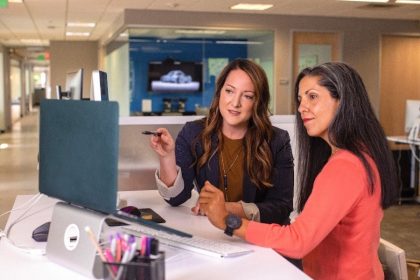Neuro-Linguistic Programming is a powerful tool for coaches to develop rapport with clients, recognize when and how to ask questions, and to develop an effective focus for achieving goals. In this first post of the series, let’s start with rapport.
Rapport begins with feeling comfortable. When a coach creates a comfortable space for a client to talk and explore interests, the client is empowered to achieve.
What is comfortable? Consider what draws you to others.
1. Similarities
2. Feeling heard
3. Feeling understood
How does NLP help a coach create this comfortable space?
NLP provides insight with information on communication styles. There are three primary styles identified: visual, auditory, and kinesthetic. While most people use a combination of styles, most have a preferred style. NLP outlines how to identify someone’s primary communication style based on language, gestures, and pace.
When a coach is able to identify their client’s style, they are able to blend their own style to that of the client. This demonstrates similarity.
The coach uses the words of the clients preferred style to rephrase and to ask clarifying questions. When the language is similar, the client feels heard and understood.
Bonus: When a client describes their goals using visual, auditory, and kinesthetic language, they believe in the goal and are empowered to achieve it.


